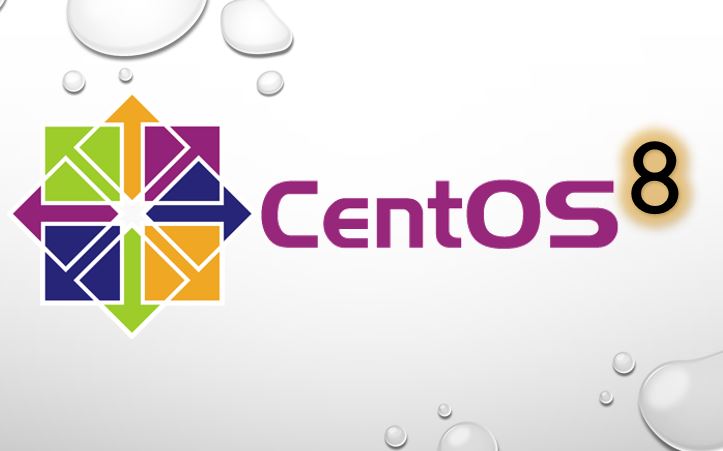
It was designed to be consistent rolling-release distro joined with Red Hat but still independent from RHEL as it has its autonomous governing board. In this article, you get acquainted with CentOS Stream 9 and saw that the stream version is almost counterpoint of CentOS.CentOS is a free and open-source, community-driven Linux distribution based on the popular security-focused Red Hat Enterprise Linux. In the definition of Release Rolling, it can be said that it is a Linux development that is constantly updated in all sections. When installing, make sure everything is up to date through the Cockpit:ĬentOS Stream was introduced in 2019 and is actually a Rolling Release. Once activated, set a browser to (with the IP address of your CentOS Stream 9 server) and log in with the root user information.Īs you enter the Cockpit, you will see the Podman support is already enabled, so you can start managing your containers with this prominent graphical user interface: If you want to manage your installation through the Cockpit Web interface, you must enable it with the following command: sudo systemctl enable -now cockpit.socket There are also options for running CentOS Stream 9 in a container or on your cloud provider: # Start with Podman podman run -it -rm quay.io/centos/centos:stream9 bash # Start with Docker docker run -it quay.io/centos/centos:stream9 bashīy running uname -r, you will see that the newly installed version of CentOS 9 Stream is running kernel 5.14.86_64. To get started with CentOS Stream 9, go to the download page and spin up a VM. There are also general changes to the servers. You can install the latest versions of your favorite software on CentOS Stream.ĬentOS is based on Fedora 34 and includes several new applications: Conversely, CentOS Stream is always changing.

In the past, upgrades of CentOS were slow and CentOS has always been strangely stable.

Recommended Article: Introduction to CentOS Stream 9 CentOS Stream 9 FeaturesĬentOS Stream 9 is a kind of counterpoint to CentOS.


 0 kommentar(er)
0 kommentar(er)
